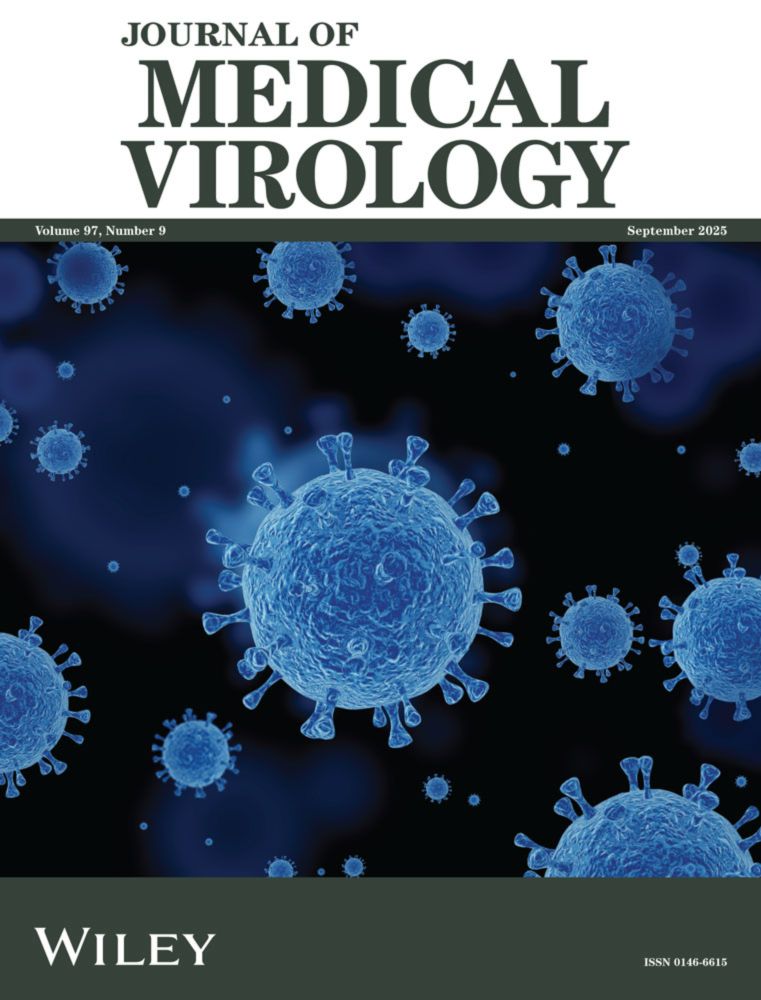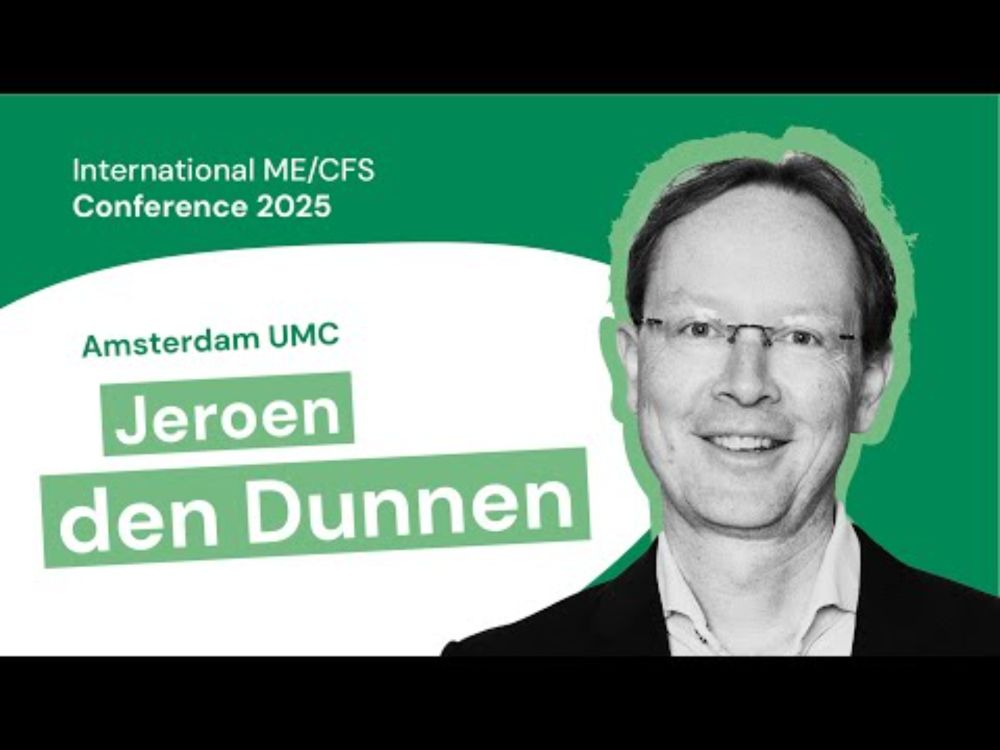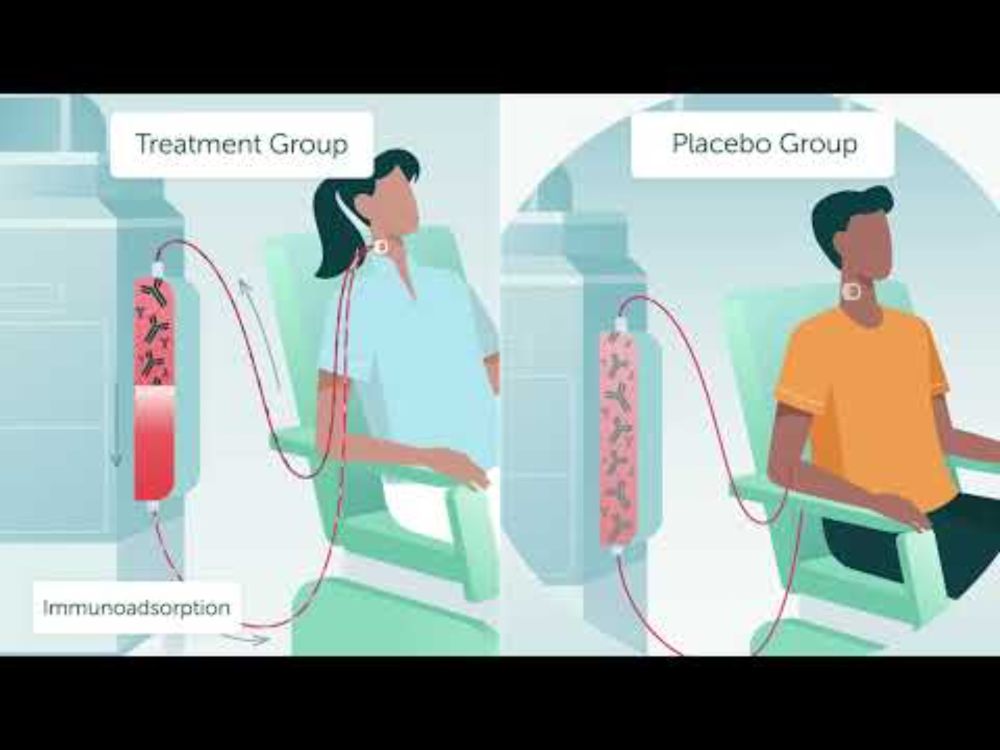Taken together, both “ends” of the antibody response appear affected in Long COVID:
– the antigen binding part (Fab)
– the tail (Fc)
This may not only impede SARS-CoV-2 clearance, but also hint at broader immune dysfunction.
30.08.2025 20:06 — 👍 9 🔁 1 💬 0 📌 0
🔹 Aberration 2: Impaired class switching.
Normally, B cells switch from IgM to potent, long-lasting IgG.
In Long COVID, this switch is blunted — reducing the production of high-affinity IgG needed for viral clearance.
30.08.2025 20:06 — 👍 6 🔁 1 💬 1 📌 0
🔹 Aberration 1: Immunological imprinting (“original antigenic sin”).
Instead of mounting fresh responses to SARS-CoV-2, B cells fall back on memory from seasonal coronaviruses. The result: antibodies less effective against the new virus.
30.08.2025 20:06 — 👍 5 🔁 1 💬 1 📌 0
The results:
– Reduced SARS-CoV-2 spike-specific IgG and IgA
– Elevated IgG against spike of seasonal coronaviruses
This points to two distinct immunological abnormalities 👇
30.08.2025 20:06 — 👍 2 🔁 0 💬 1 📌 0
Aberrant immune responses have long been suspected to play a role in #LongCOVID.
Here, we examined antibody profiles against both SARS-CoV-2 and the “everyday” seasonal coronaviruses. 2/6
30.08.2025 20:06 — 👍 3 🔁 0 💬 1 📌 0
Also pretty proud of my team Oliver Chen, Amélie Bos, and Ashwin Mak (2 oral presentations, 3 posters) that resp. showed that Long COVID autoantibodies remain pathogenic for years, can directly affect skeletal muscle cells, and that patients show impaired antibody isotype switching. 7/
13.08.2025 16:16 — 👍 12 🔁 1 💬 0 📌 0
@virusesimmunity.bsky.social showed that IgG of Long COVID patients that is transferred to mice partially ends up in the brain, indicating that these IgGs may disrupt the blood-brain barrier. Could be an important step in the development of neurological symptoms. 6/
13.08.2025 16:16 — 👍 7 🔁 4 💬 1 📌 0
In vivo models: more and more mouse models are being developed to study pathophysiology and therapies. Nadia Roan showed that machine learning is a promising strategy to boost the quality of Long COVID models, and (successfully) test therapies. 3/
13.08.2025 16:16 — 👍 8 🔁 1 💬 1 📌 0
Welcome - mapMECFS
First, a call to action from @virusesimmunity.bsky.social to combine all our data internationally. Maureen Hansen mentioned that such a repository website already exists for #MECFS MAPMECFS.org. Could we make this for Long COVID as well? 2/
13.08.2025 16:16 — 👍 9 🔁 1 💬 1 📌 0
Big thanks to @keystonesymposia.bsky.social @virusesimmunity.bsky.social @ahandvanish.bsky.social @daltmann.bsky.social and others for organization of the second #LongCOVID Keystone #KSLongCOVID26. I’ll mention a few personal highlights. 1/
13.08.2025 16:16 — 👍 13 🔁 6 💬 2 📌 0
Finally, big thanks to the involved doctors Thadé Goderie, Niek Versfeld, and Alain Bauwens. And to Noaharu Kitajima, who previously described post-acute infection dizziness like this after influenza: pubmed.ncbi.nlm.nih.gov/27089972/ 10/10
25.06.2025 09:37 — 👍 10 🔁 0 💬 0 📌 0
So if dizziness is your ONLY post-COVID symptom, you could ask your GP to check your eardrum during nasal respiration. If it moves, placing a ventilation tube may work. If afterwards your eye muscles become painful, vestibulo-visual rehabilitation may work. 9/10
25.06.2025 09:37 — 👍 10 🔁 1 💬 1 📌 0
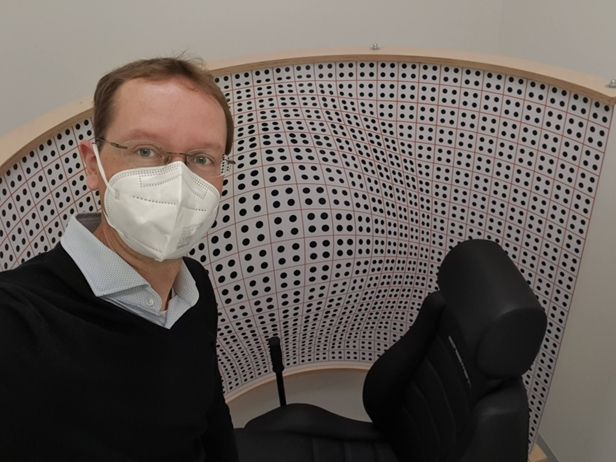
The good news is that vestibular asthenopia (tired and painful eyes, difficulty “scrolling” on screens) can also be fixed, by specialized vestibulo-visual rehabilitation. Which involves a rotating chair and weird 3D patterns…: 8/10
25.06.2025 09:37 — 👍 11 🔁 0 💬 3 📌 0

Vestibular asthenopia - PubMed
Vestibular asthenopia, analogous to visual asthenopia, is a sensory (or sensory-motor) discomfort consisting of a set of subjective symptoms, the expression of which is essentially visual and whose or...
Yet, during these 6 months, the brain started “ignoring” the vestibular system, and learned to only rely on the eyes for balance. As soon as the vestibular system worked again, this caused something known as “vestibular asthenopia”: pubmed.ncbi.nlm.nih.gov/34556339/ 7/10
25.06.2025 09:37 — 👍 8 🔁 0 💬 2 📌 0
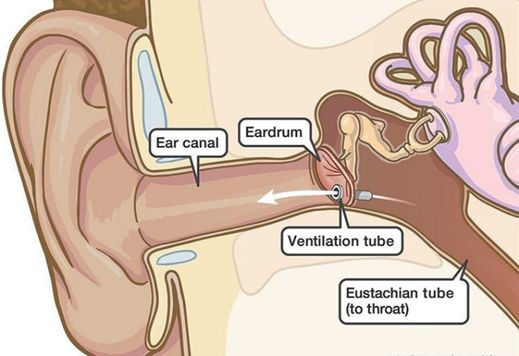
The treatment was remarkably simple: placing a ventilation tube, to counteract the movement of the eardrum. After 6 months, the dizziness instantly disappeared. 6/10
25.06.2025 09:37 — 👍 9 🔁 1 💬 1 📌 0
In this particular patient (me), dizziness only occurred during breathing. It turned out that the “open” eustachian tube made the eardrum move, triggering the inner ear (vestibular system), causing dizziness. 5/10
25.06.2025 09:37 — 👍 6 🔁 0 💬 1 📌 0
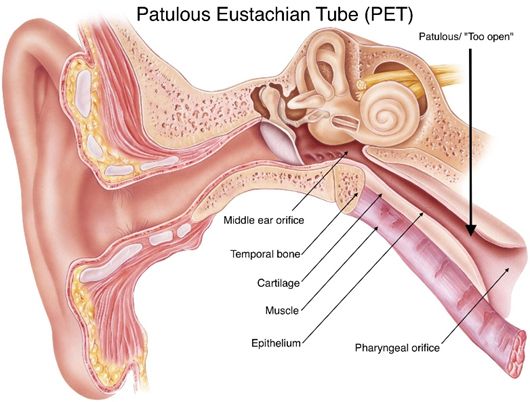
The eustachian tube is a connection between your nose and ear. It is typically closed, and only opens briefly to equalize pressure (e.g. when you’re flying). But sometimes it stays open: a patulous eustachian tube. 4/10
25.06.2025 09:37 — 👍 7 🔁 0 💬 1 📌 0
Quick summary: COVID-19 can cause dizziness by triggering a “patulous eustachian tube”, which can be fixed by placing a ventilation tube in your eardrum. Wait, a patulous what…? 3/10
25.06.2025 09:37 — 👍 9 🔁 1 💬 1 📌 0
Disclaimer: we think that cases like this are rare. Yet, if you do suffer from this, the good news is that the cause of dizziness could be easily fixed by an ear nose and throat doctor (and some specialized vestibular physiotherapy). 2/10
25.06.2025 09:37 — 👍 5 🔁 1 💬 1 📌 0
For people that suffer from post-COVID-19 dizziness (as their ONLY symptom), this case report may be of interest to you: casereports.bmj.com/content/18/6.... A tale from personal experience… 1/10
25.06.2025 09:37 — 👍 37 🔁 13 💬 5 📌 4
Absolutely, see my previous thread on this: bsky.app/profile/drde...
14.06.2025 15:29 — 👍 1 🔁 0 💬 1 📌 0
YouTube video by MECFS Research Foundation
Jeroen den Dunnen | International ME/CFS Conference 2025: Autoimmunity as a cause of ME/CFS
All presentations of the #mecfsconference are now online! Thanks again to @scheibenbogen.bsky.social for organizing this, and bringing so many experts together. Check out the videos at: events.mecfs-research.org/en/events/co.... #MECFS #LongCovid
www.youtube.com/watch?v=k4m4...
13.06.2025 14:18 — 👍 29 🔁 19 💬 2 📌 0
Long COVID and Other Post-Acute Infection Syndromes | Keystone Symposia
Join us at the Keystone Symposia on Long COVID and Other Post-Acute Infection Syndromes, August 2025, in Santa Fe, with field leaders!
My team is very much looking forward to join the @keystonesymposia.bsky.social on #LongCovid and other PAIS (2 talks, 3 posters). Organized by @virusesimmunity.bsky.social @ahandvanish.bsky.social on Aug 10-13 2025 in Santa Fe: www.keystonesymposia.org/conferences/...
13.06.2025 14:07 — 👍 8 🔁 2 💬 0 📌 0
YouTube video by Jeroen den Dunnen
Amsterdam UMC Long-COVID clinical trial immunoadsorption
As presented at the International ME/CFS Conference 2025 #mecfsconference, in the @amsterdamumc.bsky.social we will start a clinical trial testing immunoadsorption in Long-COVID. More information about that in this movie: www.youtube.com/watch?v=fE7A... #LongCOVID #MECFS #ZonMw
16.05.2025 12:40 — 👍 8 🔁 1 💬 0 📌 0
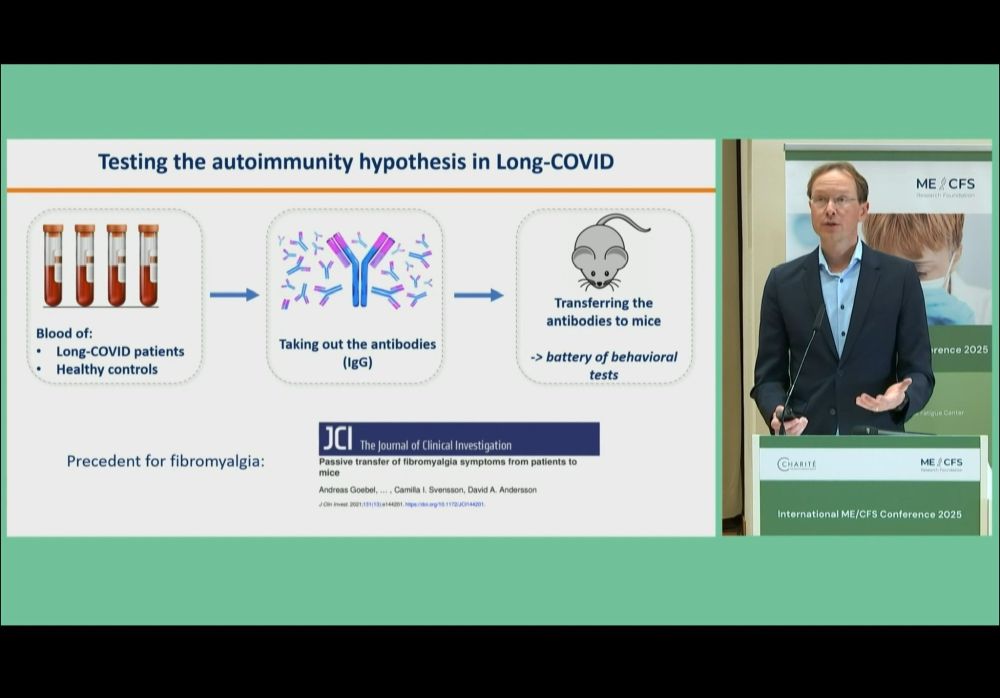
And finally, all the great people I’ve met at this great conference, including @scheibenbogen.bsky.social @putrinolab.bsky.social, Rob Wust, @tronstadlab.bsky.social, Chris Puta, David Systrom, Yehuda Shoenfeld, Oystein Fluge, Alan Cash, and so many more. Let's crack this puzzle 😊. 7/7
13.05.2025 14:32 — 👍 15 🔁 1 💬 0 📌 0
Assist. Prof | Leiden University | Mucosal Immunology | Human Disease | Single-Cell | Organoids | former postdoc Mark Davis & Calvin Kuo Lab at Stanford🌈 vanunenlab.org 🌐
zo nodig dwars |verzekeringsarts | jurist | phd | docent | schrijven | lezen | zingen | radio dj | kunst & kunde | semper fi | www.jimfaas.nl
Senior Editor for #immunology, #infection, #immunotherapy, and #vaccines at Science Translational Medicine. My entire personality is based on immunology, my dogs, romantasy books, and pilates. She/Her. Opinions are my own.
B cell immunologist focussing on antibody formation and pandemics research, Sanquin Blood Supply and SILS, Faculty of Science, University of Amsterdam, the Netherlands. My texts are on personal title, but data-based.
Onderzoek helpt MS de wereld uit
Pediatrician &
Professor of Pediatric Immunology
Human Systems Immunology
MRC LMS, Imperial College London
& Karolinska Institutet
Diepgravende verhalen die je helpen het nieuws beter te begrijpen.
Word lid en steun onafhankelijke journalistiek: https://corr.es/f013c4
T cell Immunologist, with a passion for RNA biology and translation control, working at Sanquin Blood Supply, Amsterdam
Oncode Institute investigator
Wetenschapsredactie NRC en Onbehaarde Apen. Bluesky-account wordt bestuurd door sander voormolen en hendrik spiering
Groninger / Sociaaldemocraat / Tweede Kamerlid GL-PvdA / Woordvoerder zorg, financiële sector en Herstel Groningen & Noord Drenthe
Researchers in the Department of Molecular Cell Biology and Immunology (MCBI) perform fundamental and preclinical research in the field of Cancer, Neuro and Mucosal Immunology at the
Amsterdam UMC.
Immunologist interested in germinal center regulation by follicular dendritic cells, sugars, B-cell selection and antibody responses.
Assistant Professor #UtrechtUniversity
heesters.gitlab.io
Here for research and info on #Migraines #MECFS #LongCovid #MCAS #MCS #ChronicPain #MetabolicHealth #Neuroscience #Psychology #MedicalGaslighting, posts German & English, hobby songwriter
Onafhankelijke patiëntenvereniging voor én door #LongCovid patiënten. Volg ons ook op FB, X, LinkedIn en Instagram. Lid van oa Post Covid Netwerk Nederland en Long Covid Europe. longcovidnederland.com
Infectious disease immunologist
Schrijver. Verschenen: Voor de democratie, een essay van mij over liefde voor de democratie in barre tijden, nav de beroemde rede van Pericles over de Atheense democratie. (Prometheus)
Senior editor, Science Immunology
Based in Washington D.C.
Macrophages, dendritic cells, and other myeloid cells; inflammation; immunometabolism; tumor microenvironment
https://www.science.org/toc/sciimmunol/current
Associate Professor at Harvard Medical School, in love with a red-haired beautiful woman, his kids... and immunology. He/him/his. 🇮🇹 🇺🇸 Views my own.

